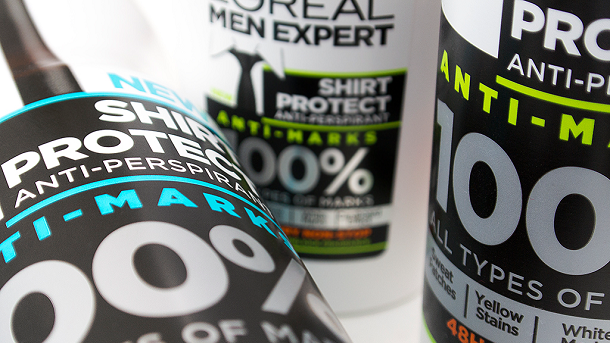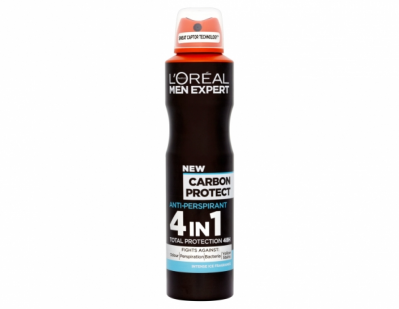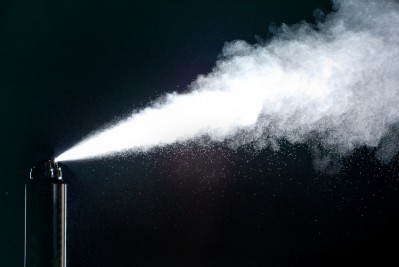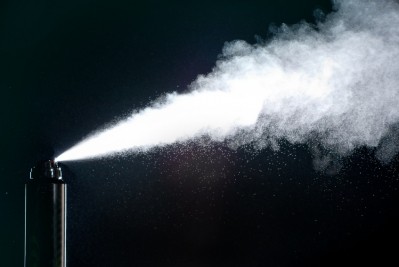L’Oréal deodorant ad banned for being misleading

The advertisement featured a close-up image of a shirt and tie. Text towards the bottom of the image stated ‘New shirt protect 48hr anti-perspirant protects against all types of mark’, along with another text box claiming ‘Anti-marks 100% all types of mark’.
The complainant believed the latter claim was in contradiction to the one which says ‘Helps protect against all types of marks’ and challenged whether the ad was misleading.
In the end the ASA agreed with this and removed the ad from circulation, considering that the claims about the effectiveness of the product were contradictory, concluding the ad was likely to mislead consumers.
Difference of opinion
In response L'Oréal UK said the product helped protect the user's shirt against the appearance of embarrassing marks including sweat patches, yellow stains, white residue and the 'cardboard effect' (stiffening of fabric).
It said the product had been adapted to address all of those four types of marks, but did not claim to provide 100% efficacy against all types of marks caused by antiperspirants, and that the ad communicated this sufficiently.
The beauty firm considered the claims were not contradictory and should be read in context with the rest of the ad.
“There were no further claims in the ad. The pack shot was to enable consumers to identify the product at the point of sale, and the text at the bottom left served as a reminder of the product name,” says the advertiser’s statement.
Misleading
Despite all of this, the UK advertising watchdog sided with the complainant.
The ASA did consider that those claims would be interpreted by consumers to mean that the product was designed to help protect against all the types of marks identified in the ad; however, judged that the claims regarding product effectiveness could be seen as misleading.












